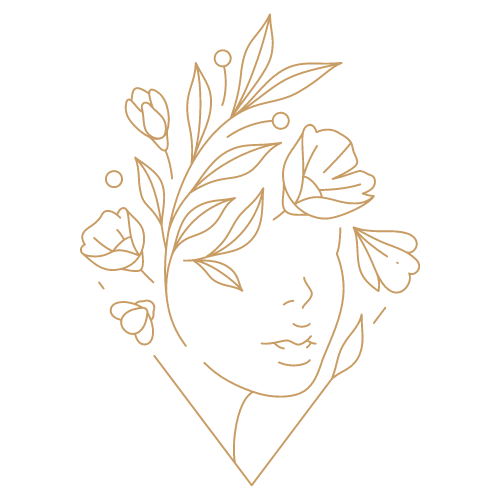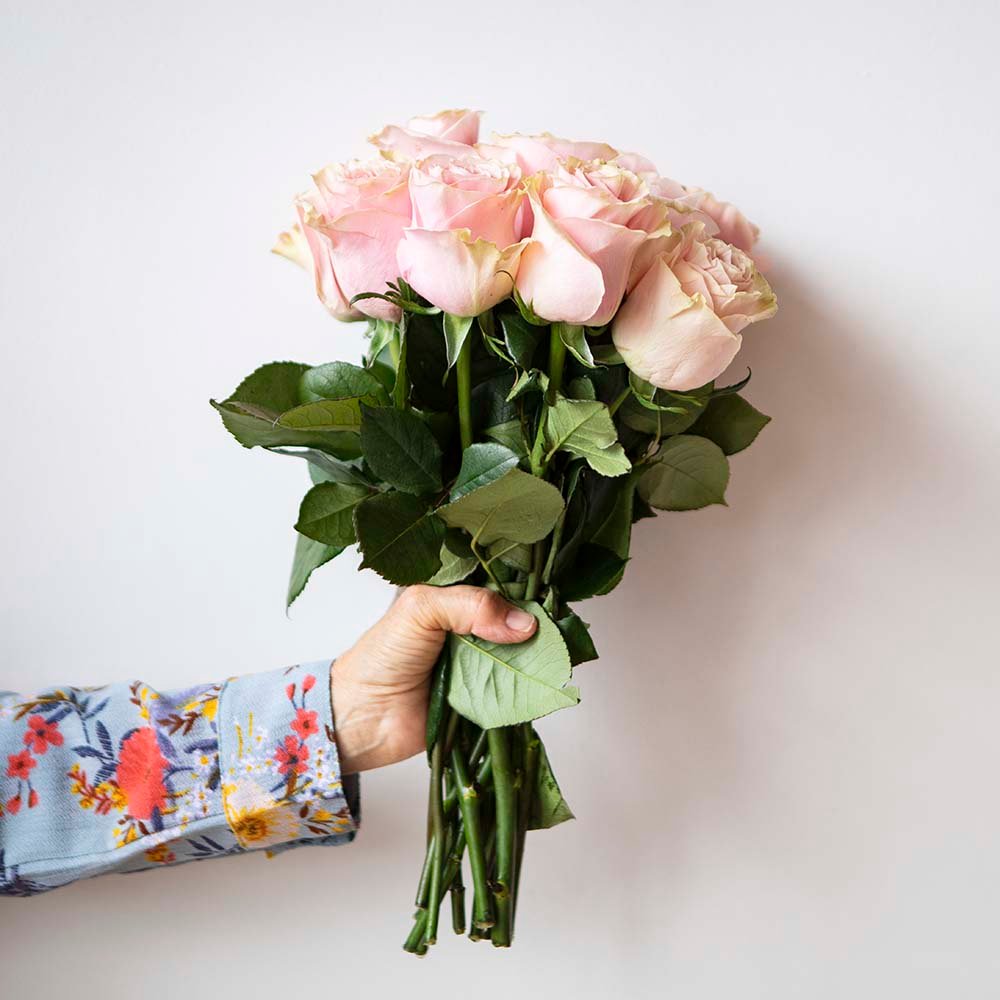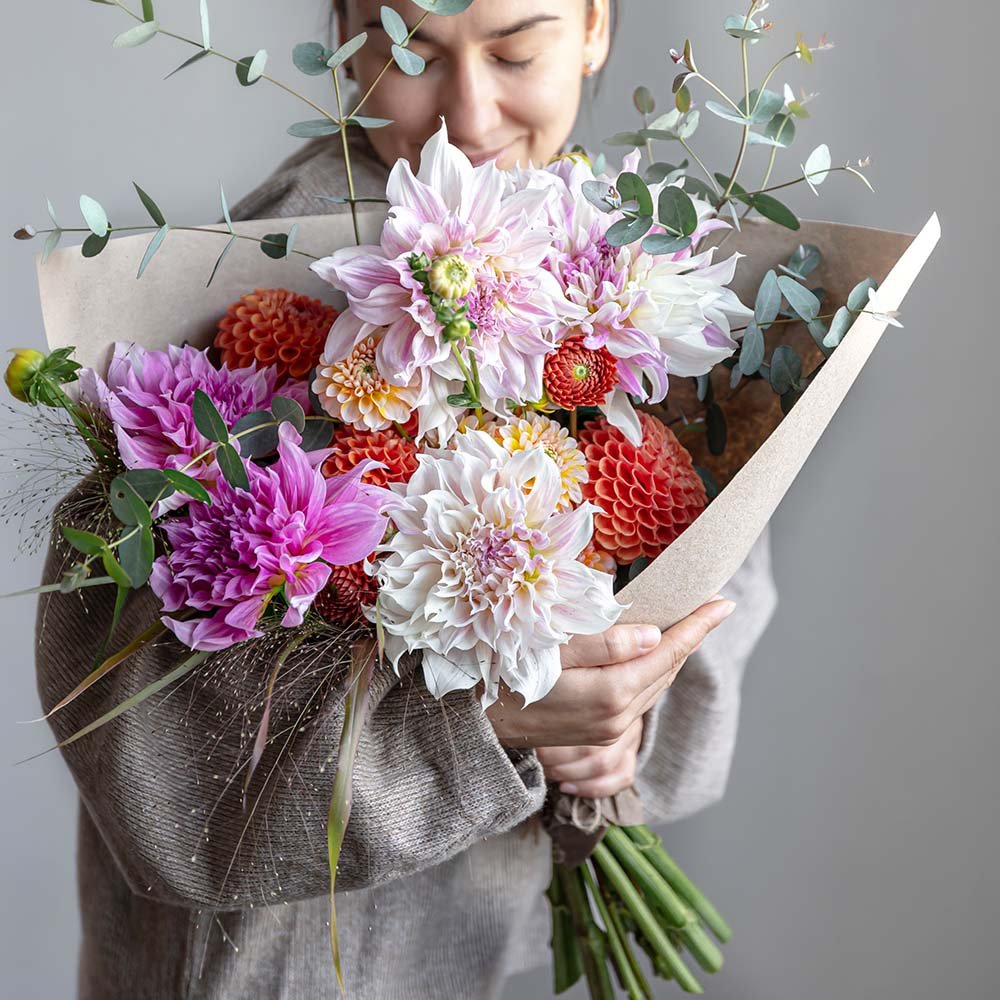Floral arranging is a true art form, one that combines creativity, technical skill, and a deep appreciation for the beauty of nature. Whether you’re an aspiring florist or simply someone who enjoys the charm of fresh flowers, mastering the art of floral arranging can elevate your displays to new heights of elegance and sophistication.
In this comprehensive guide, we’ll explore various techniques and principles that professional florists use to create captivating floral arrangements that truly captivate the senses.
The Power of Color Theory Color plays a pivotal role in the impact and overall aesthetic of a floral arrangement. Understanding color theory can help you create harmonious and visually striking displays that evoke specific moods and emotions.
- Complementary Colors: Opposite colors on the color wheel, like red and green or blue and orange, create a vibrant, high-contrast look when paired together.
- Analogous Colors: Colors that are adjacent on the color wheel, such as shades of blue and purple, create a cohesive and soothing effect.
- Triadic Colors: Using three colors that are evenly spaced on the color wheel, like red, yellow, and blue, can create a dynamic and eye-catching arrangement.
Mastering Texture Combinations Texture is another essential element in floral design, adding depth, interest, and visual appeal to your arrangements. Combining different textures can create a sense of movement, contrast, and depth.
- Soft and Delicate: Incorporate blooms with soft, velvety petals like roses or peonies for a romantic and elegant touch.
- Bold and Spiky: Introduce bold, spiky textures with flowers like proteas or thistles for a dramatic and contemporary look.
- Feathery and Airy: Include feathery blooms like baby’s breath or pampas grass to add an ethereal, whimsical element.
Achieving Balance and Proportion A well-balanced and proportionate arrangement is not only visually appealing but also creates a sense of harmony and stability. Here are some tips to achieve the perfect balance:
- Triangular Design: Arranging your flowers in a triangular shape, with the tallest blooms in the center and gradually shorter stems radiating outward, creates a classic and balanced look.
- Asymmetrical Balance: An asymmetrical arrangement, where elements are unevenly distributed, can create a dynamic and modern aesthetic when done correctly.
- Scale and Proportion: Ensure that the size of your arrangement is proportional to its container and the space it will occupy.
Creating Focal Points A focal point is an area of emphasis that draws the eye and creates visual interest in your arrangement. Here are some techniques to create stunning focal points:
- Contrasting Colors or Textures: Use contrasting colors or textures to make certain blooms or elements stand out from the rest of the arrangement.
- Unique or Exotic Flowers: Incorporate unique or exotic flowers that naturally draw attention due to their rarity or distinct appearance.
- Negative Space: Strategically incorporating negative space (areas without any floral elements) can create a sense of movement and highlight the focal point.
Incorporating Negative Space Negative space, or the absence of floral elements, can be just as important as the flowers themselves in creating visually striking arrangements.
- Breathing Room: Leaving some negative space around your arrangement allows the eye to rest and appreciate the individual blooms more fully.
- Framing and Highlighting: Negative space can be used to frame and highlight specific elements or focal points within your design.
- Minimalist Approach: For a modern and sophisticated look, embrace negative space by creating minimalist arrangements with just a few carefully placed blooms.
Mastering these techniques and principles of floral design will not only enhance the visual appeal of your arrangements but also allow you to express your creativity and unique style. Remember, floral arranging is an art form, and with practice and dedication, you can create truly breathtaking displays that evoke emotions and leave a lasting impression.







